Adults aren’t the only people who should be using safe practices online. Any user of the internet, even kids, should be knowledgeable in what information they should and shouldn’t share online, and how to watch out for scams.
Talk to your kids and/or students about these things:
- Teach them that personal information about them like their Social Security number, account numbers, passwords, and even their date of birth should be kept private. Depending on the sensitivity of the data, this information should only be shared if they are sure they know the person requesting the information and/or if they have permission from a guardian.
- Teach them to watch out for “free” stuff. Things like free games or other downloads could potentially hide malware. Tell kids not to download anything onto a device unless they know they can trust the source it’s coming from.
- Teach them about the importance of using secure passwords and remind them that the longer the password, the harder it is to crack. Explain that passwords containing personal information, the login name, common words, or adjacent keys on a keyboard do not make secure passwords.
Peer-to-Peer File Sharing
Peer-to-peer (or P2P) file-sharing allows people to share files through a network of computers running the same software. Types of media that can be shared include: music, games, software, etc. Remind kids that P2P file-sharing has risks associated with it:
- You could accidentally provide access to your private files.
- They could accidentally download copyrighted materials.
- A shared file could contain inappropriate content
Phishing
Phishing is a scam where a hacker will send a fake email, text, or pop-up message with the hopes of tricking the user into clicking a link or opening an attachment. Oftentimes after a link is clicked, the victim will be asked to provide some form of personal information. Attachments in these emails will often contain malware, which can be released onto the machine with the attachment is opened.
You can share some tips with your kids to help them avoid a phishing scam:
- Advise kids to not interact with an email or text they get from an unknown sender. If they know the sender but the request seems strange, teach them to it’s okay to question the message and to confirm (by phone call) that the person really did send them a message.
- Be cautious anytime you receive an email that contains attachments or downloads regardless of who sent it. Unsolicited attachments could contain malware.
Look for “teachable moments” in your own online experience. If you yourself receive a phishing email. Save it to show to your kids. Teach them how you came to recognize that it was an unsafe email, and what to do with it. Often seeing real-life examples will help them understand that not all communication that happens online is safe or what it seems.
Location Sharing
Most cell phones have GPS technology installed. Popular social apps used to communicate with friends will often use location to show friends where you’re at. Teach kids the potential dangers of broadcasting your location to everyone and limit who and with what apps their location is shared; or even turn off location sharing entirely.
